This Friday meet Caleb Matthes of Matthes Tree Farm in Ida, Michigan. A row crop farmer by summer and Christmas tree farmer by winter, Caleb enjoys the opportunity to use farming as a way to engage and support his community.
“With grain crops you’re not really seeing much of the public,” said Caleb. “But with a cut-your-own Christmas tree farm, we get to meet a lot of people. Some come from over an hour away.”
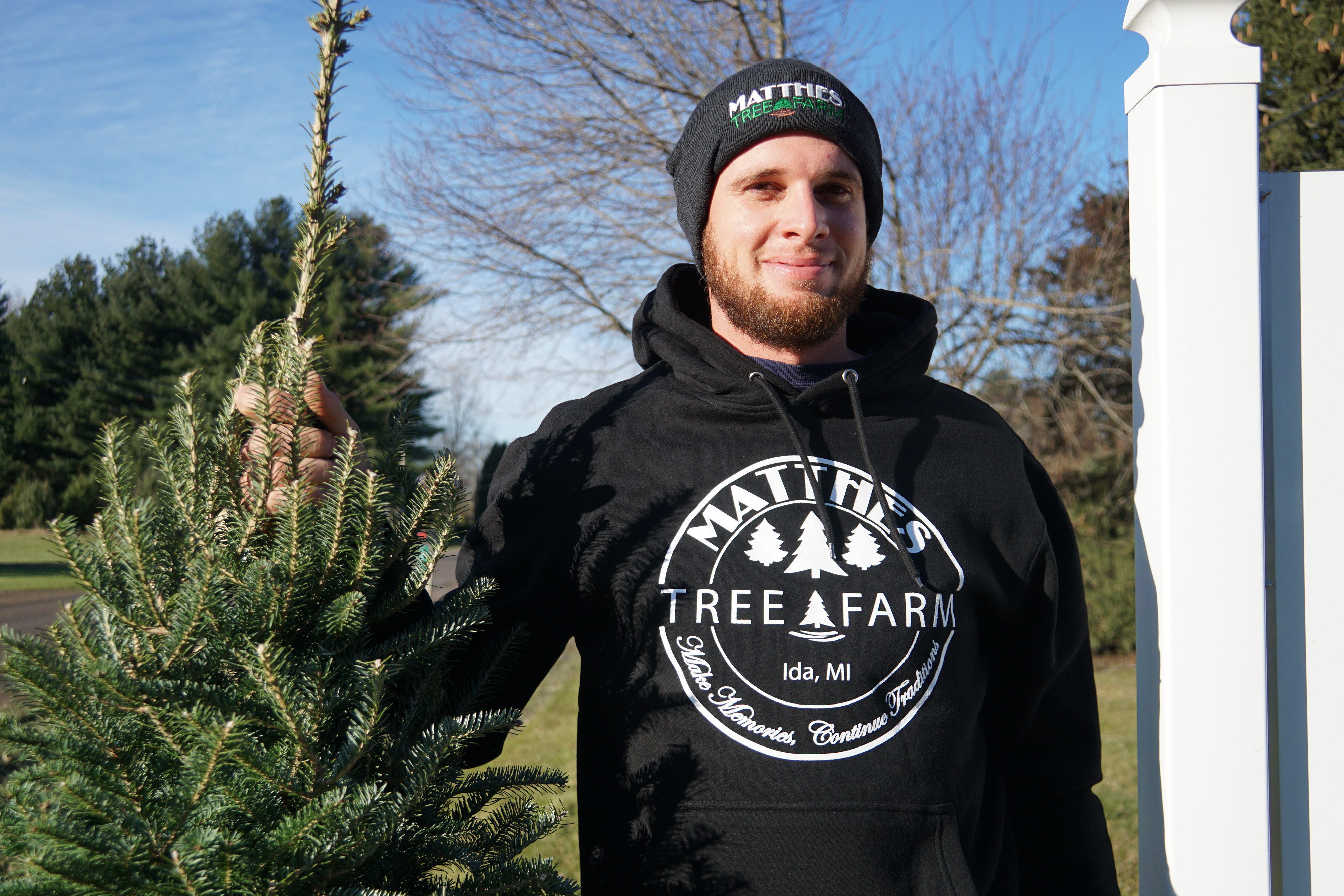
Keeping Traditions Alive
As the air crispens and days shorten, our thoughts turn to winter holiday traditions. One of the most iconic for many families is selecting this year’s Christmas tree. We have farmers, like Caleb, to thank for keeping these family memories alive through generations.
Matthes Tree Farm is over 100 acres of maturing evergreens, offering cut-your own Christmas trees and wreaths made from the same boughs. Caleb and his family purchased the farm in 2016, but the property has been a Christmas tree farm since 1956.
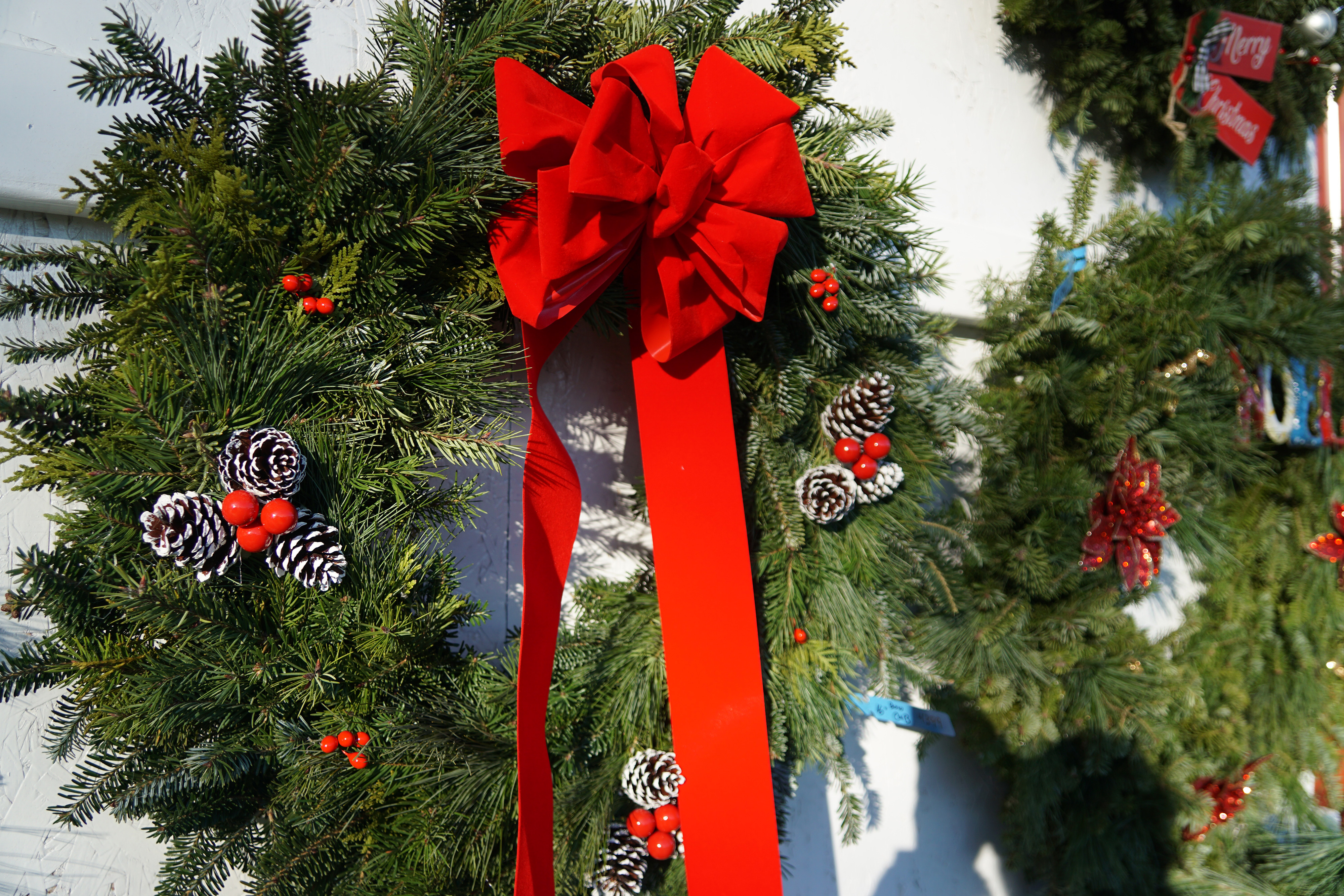
“We see multi generations of families coming here as a yearly tradition,” said Caleb. “We enjoy seeing them and helping to bring holiday happiness.”
To make the experience even more memorable for families, Matthes Tree Farm also offers hayrides, pony rides, warm refreshments, evening bonfires, and live entertainment. Santa Claus has even been known to visit.
“Our farm supports over 30 seasonal employees,” said Caleb. “Many come back year after year, because they like being a part of the festive holiday memories for families.”
Not Your Ordinary Crop
“A tree nursery is very different from growing row crops like corn and wheat,” said Caleb.
Christmas Tree farming isn’t easy. It takes eight years for a conifer to mature from seedling to harvest size. Each year, Caleb spends significant time and resources feeding and shaping each tree, hoping a severe drought, windstorm or other disaster doesn’t destroy his carefully crafted crop.
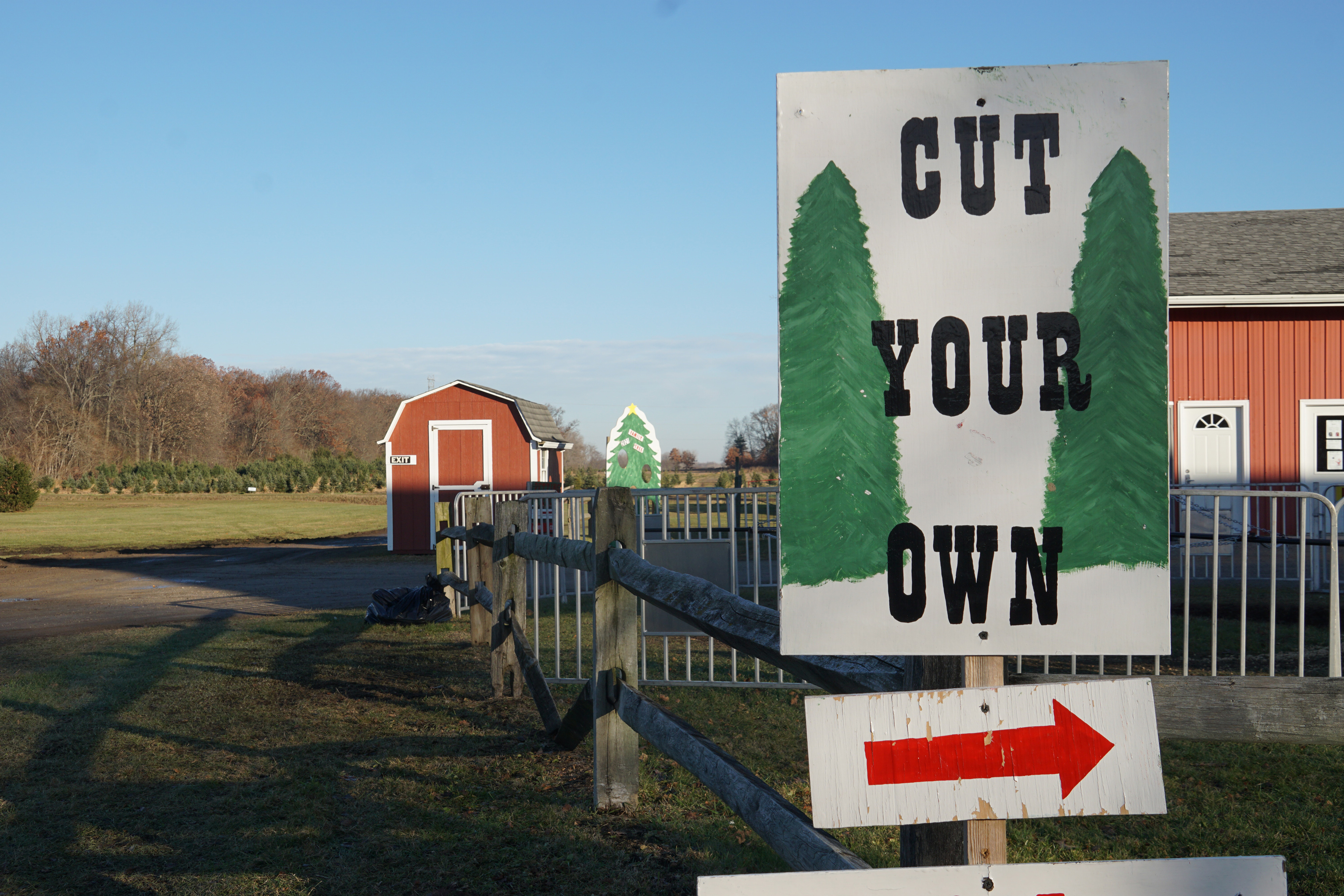
“I had to learn how to handle new pests and growing conditions,” said Caleb. “Planting each tree by hand and managing weeds throughout the growing season is also a challenge.”
But Caleb says the holiday joy these trees bring to hundreds of families make it well worth the risk and effort.
Should the worst happen, USDA offers disaster assistance through programs like the Noninsured Crop Disaster Assistance Program and Tree Assistance Program to help growers mitigate the economic risks of Christmas tree farming. As a beginning farmer, farm loan programs from USDA’s Farm Service Agency actually helped Caleb jumpstart his career in agriculture.
Programs like these help tree farms start up and stay in business through production hardships to continue providing fresh-cut holiday cheer to their community.
Conservation Spirit
Caleb supports his surrounding community in a less visible way by implementing environmental conservation practices on his tree farm and over 2,000 acres on which he produces grain crops.
His farm is certified through the Michigan Agriculture Environmental Assurance Program for farmstead systems and cropping systems, which recognizes top environmental stewards in the state.
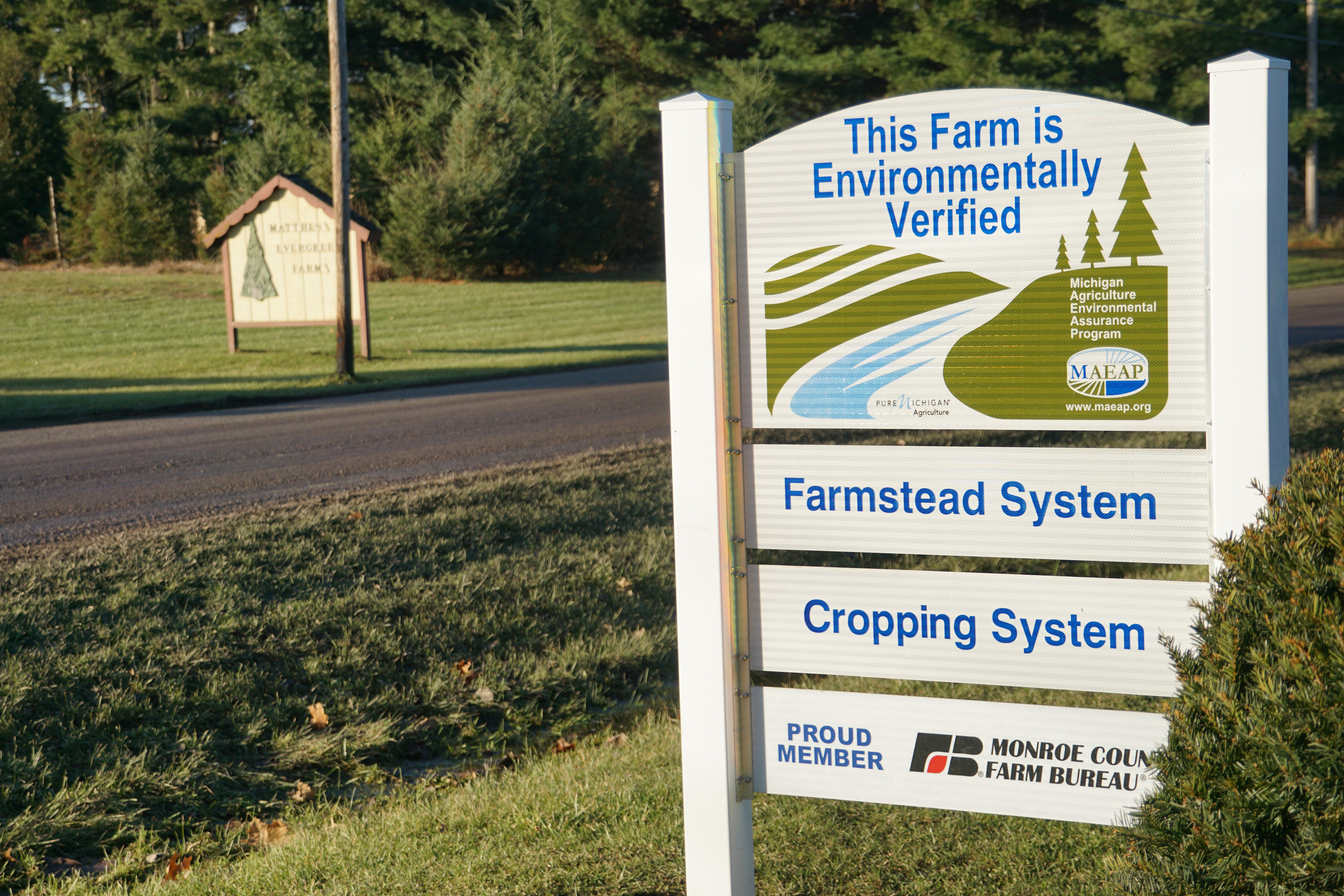
To achieve this certification, Caleb implemented filter strips to protect surface and groundwater from agricultural runoff under FSA’s Conservation Reserve Program. In exchange for a yearly rental payment, farmers enrolled in the program agree to remove environmentally sensitive land from agricultural production and plant species that will improve environmental health and quality.
Working with USDA’s Natural Resources Conservation Service, Caleb installed an agriculture chemical storage building to further mitigate any risk of environmental contamination through the Environmental Quality Incentives Program.
Caleb’s hard work to provide holiday happiness, fresh cut Christmas trees, and environmental stewardship for his community warrants him a place on Santa’s “nice” list this year.
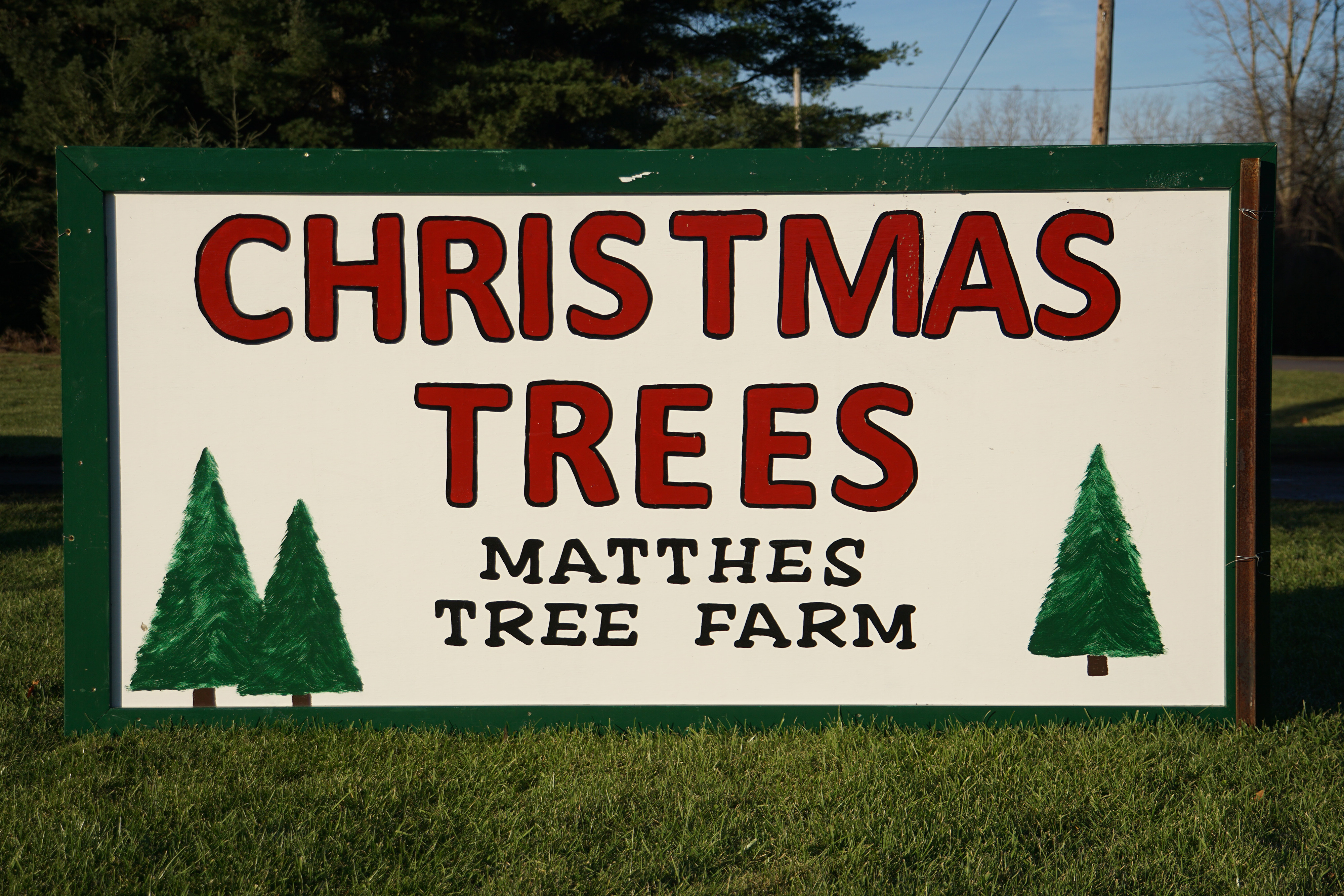
More Information
Each Friday visit local farms, ranches, forests, and resource areas through our Fridays on the Farm stories. Meet farmers, producers and landowners who are working to improve their operations with USDA programs.
USDA offers a variety of risk management, disaster assistance, loan, and conservation programs to help producers weather ups and downs in the market and recover from natural disasters as well as invest in improvements to their operations. Learn about additional programs.
For more information about USDA programs and services, contact your local USDA service center.
Savannah Halleaux is the communications coordinator for FSA in Michigan.


